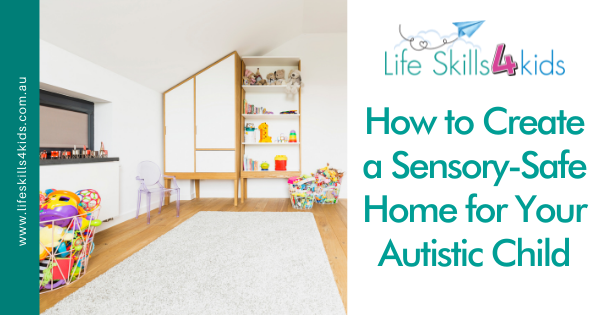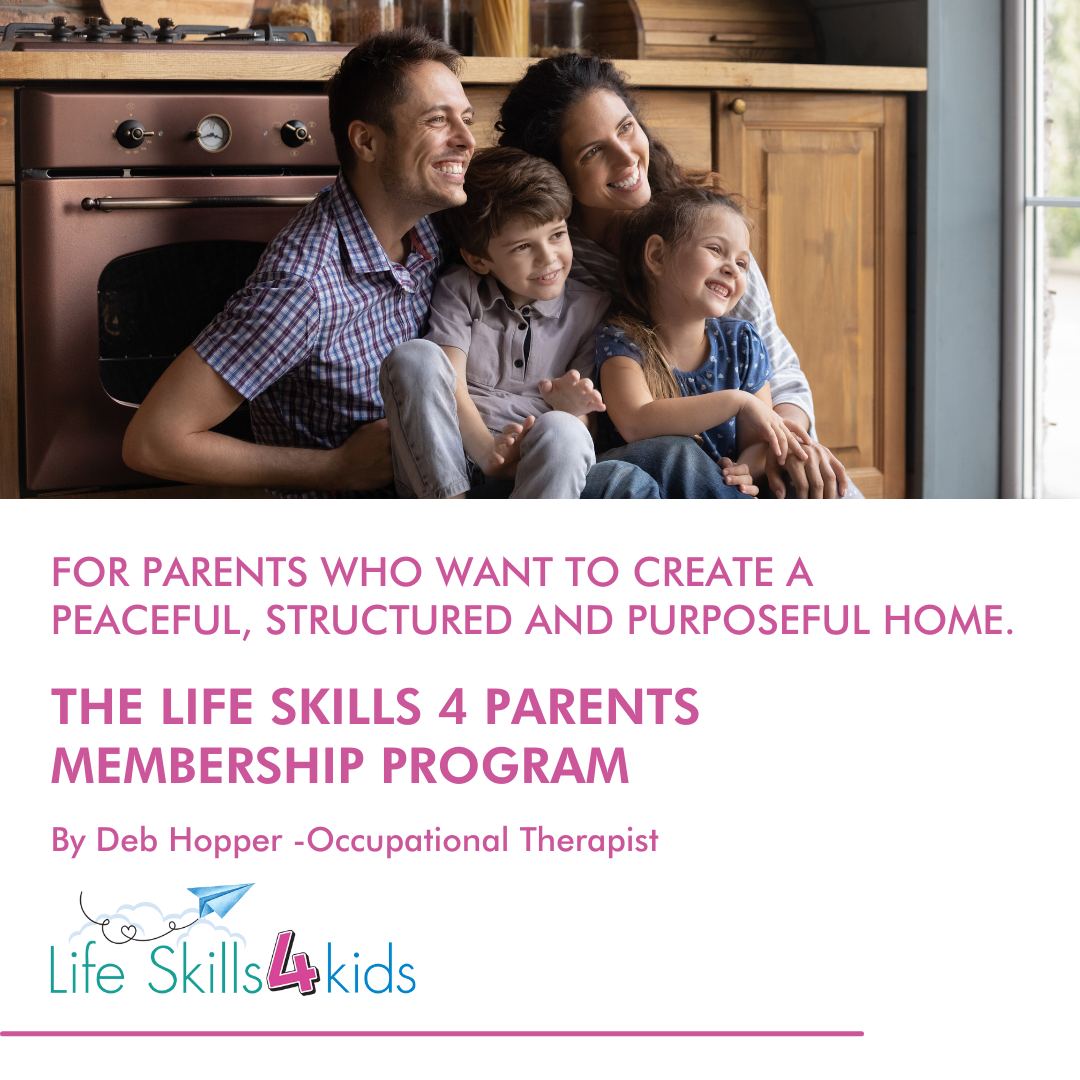As parents of a child with autism know, there are many factors that affect a child’s ability to feel safe and comfortable in their environment. Many children with autism spectrum disorders (ASD) have significant sensory issues and if they are to thrive, it is crucial that their environment is sensory-safe. If you are a parent of a child with ASD, you will be familiar with the feelings of dread that go with everyday activities such as going shopping or walking past someone who’s talking too loudly or the drama that can come from wearing a pair of socks that “doesn’t feel right.”
Can You Change the World?
Why would you want to change the world when some days you can’t even manage to get out in it without some kind of major stress?! While you are never going to be able to change loud strangers or poorly-fitting socks, you can make small but significant changes to your home and habits that will enable your child or young person to feel safe and to thrive. Sensory-safe homes are a strong foundation for kids with autism to build on as they develop other skills to cope and function in a world that is challenging for them to live in.
What Do We Mean by Sensory-Safe?
We receive information about the world around us through our senses. They tell us whether our experiences are good for us or not. People with sensory processing issues are more sensitive to this information than other people. Their brains are wired differently and the way their bodies receive, analyse and respond to their environments is different. This means that no two children (or adults, for that matter) are the same. Things that most people don’t give a second thought become an unpleasant experience for someone who struggles with sensory issues. A sensory-safe environment is intentionally created to address the elements that are most likely to cause problems. At home, this often means making small changes that can have a big impact on a child’s ability to learn and thrive and on the quality of family life in general.
Sensory Elements That Matter
Kids with autism are constantly fighting sensory overwhelm. Elements of their environment are frequently too loud, too fast, too bright or too … (fill in the blanks). Therefore, it is important to create spaces at home that are intentionally understated. Lighting, air temperature and quality, visual elements and sound control are all important considerations for creating a sensory-safe haven for your child.
How to Incorporate Sensory-Safe Principles Into Your Home
Try these tips for creating sensory-safe spaces at home:
- Pay attention to lighting. Use soft or diffused light (never harsh light) and avoid any lighting fixtures that are hard or reflective.
- Paint rooms in neutral or pastel shades rather than bold or bright colours
- Keep spaces free from clutter or an excess of visual elements such as pictures, ornaments or wall hangings
- Provide a “sensory space” for your child with sensory toys to explore. If your child needs extra sensory stimulation, toys that squeeze, push, pull, roll or are good for hugging are good choices. Depending on your child’s specific needs, it may be appropriate to provide visually stimulating elements in this space such as a clock, wind-driven toys, or a fish tank. You could also include wall art or pictures of animals or something that makes your child feel happy.
- Tone down noisy wooden floors with comfortable, anchored rugs or mats
- Choose room furnishings that are low and close to the floor. Think of alternatives such as a low coffee table and a cushion instead of a typical table and chair.
- Use a transition chart or list to help your child move from one activity to the next without stress or fear
- Try using aromatherapy at home to calm or stimulate your child
- Choose calming sounds from nature rather than white noise, which an autistic child may find harsh and irritating
- Even if your child is older, design your spaces with safety in mind
- Add comfort items such as bean bags, cocoons, play tents, floor cushions, tunnels or swings to your child’s sensory space
Learning Begins When a Child Feels Safe
Children that feel unsafe are unable to learn effectively because they are constantly in “fight or flight” mode. Creating a sensory-safe environment at home enables children to learn and explore their environment without the fear of an adverse sensory experience. If you would like to know more about how you can create a sensory-safe home for your child or you have questions, feel free to contact us. We would love to hear from you!
The Life Skills 4 Parents Membership Hub
Your one-stop-shop for everything you need to create a peaceful, structured and purposeful home.
The Program is designed to take you step-by-step through tried and true strategies to:
- Make mornings and nights easier.
- Reduce your anxiety and stress.
- Reduce the drama of family life.
The Life Skills 4 Parents Membership program will provide you with:
- 1 x LIVE Monthly parent coaching group call via ZOOM
- Access to Life Skills 4 Parents online education portal with new trainings added monthly
- Exclusive FB group with 24/7 access to our parent community and our OT team for support on the go
- Growing library of 10-minute self-paced parenting mini trainings in our Life Skills4Parents portal


